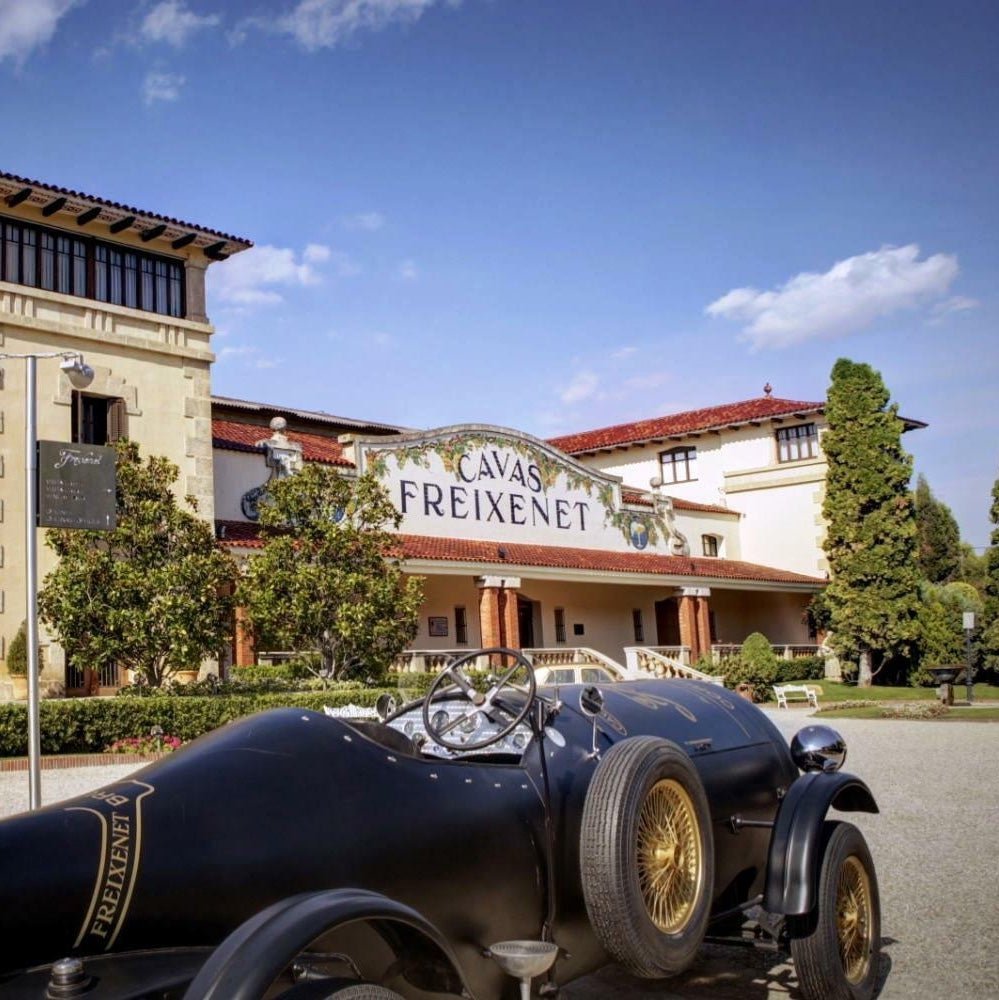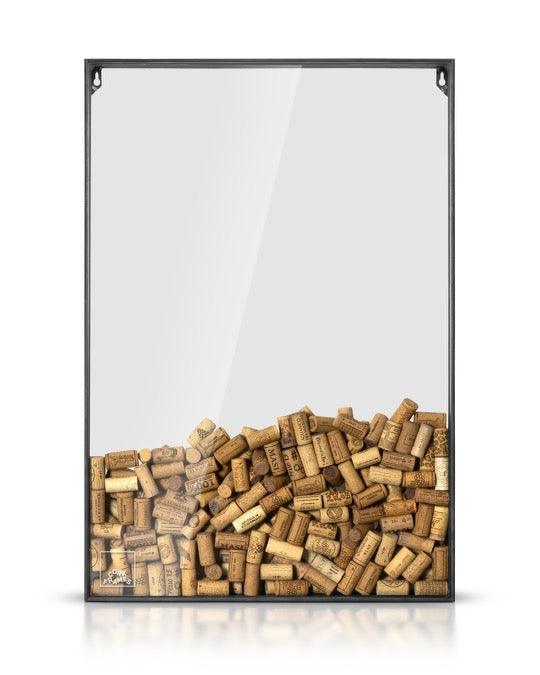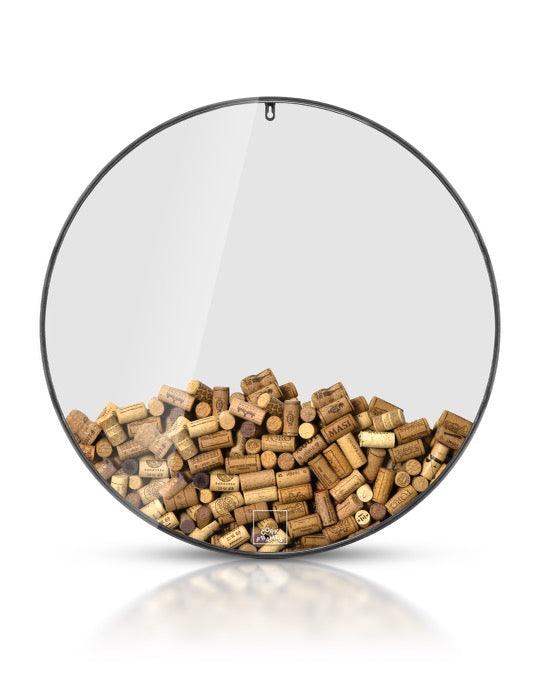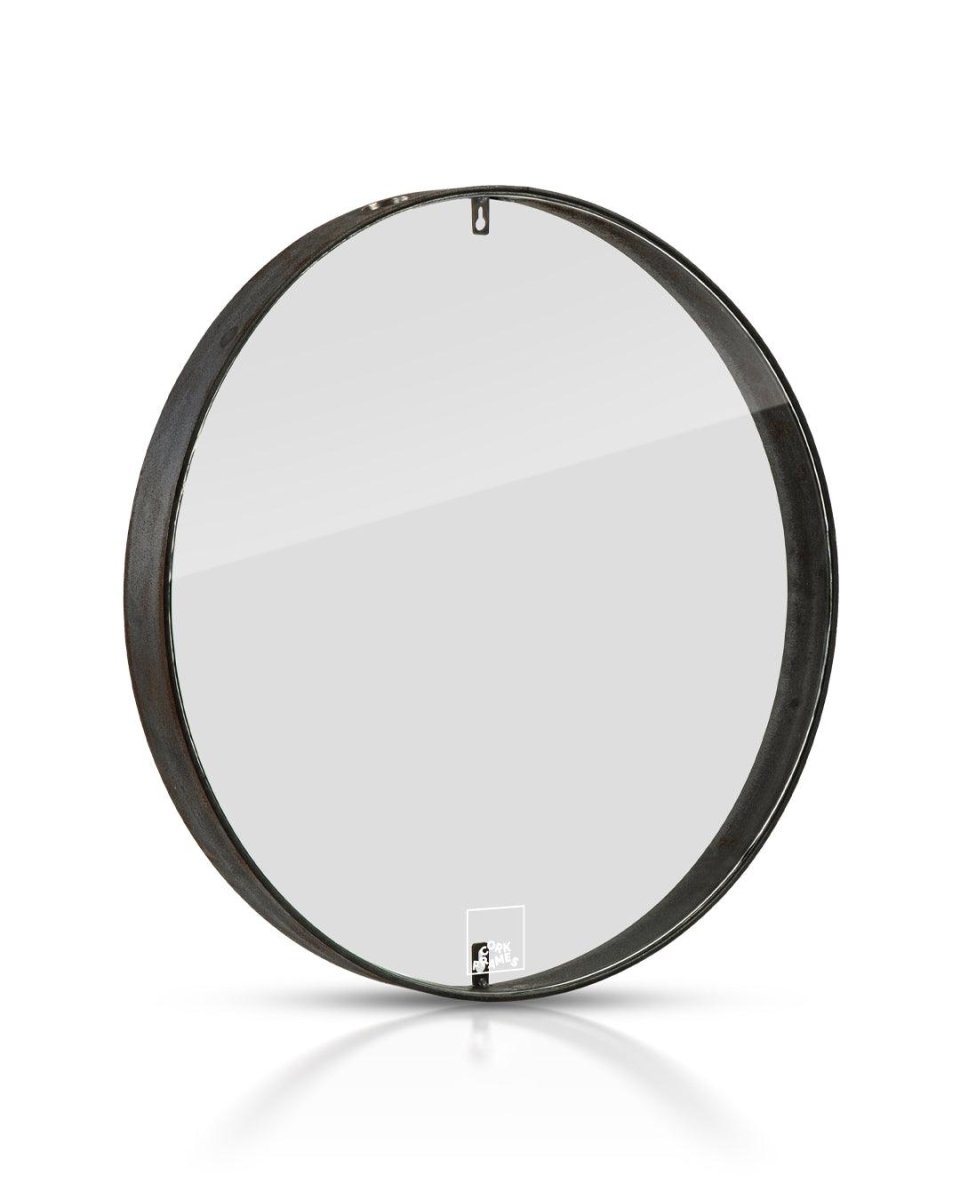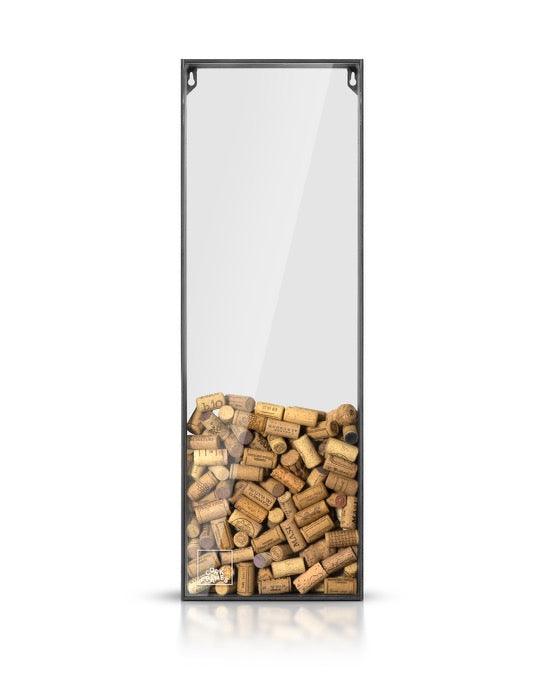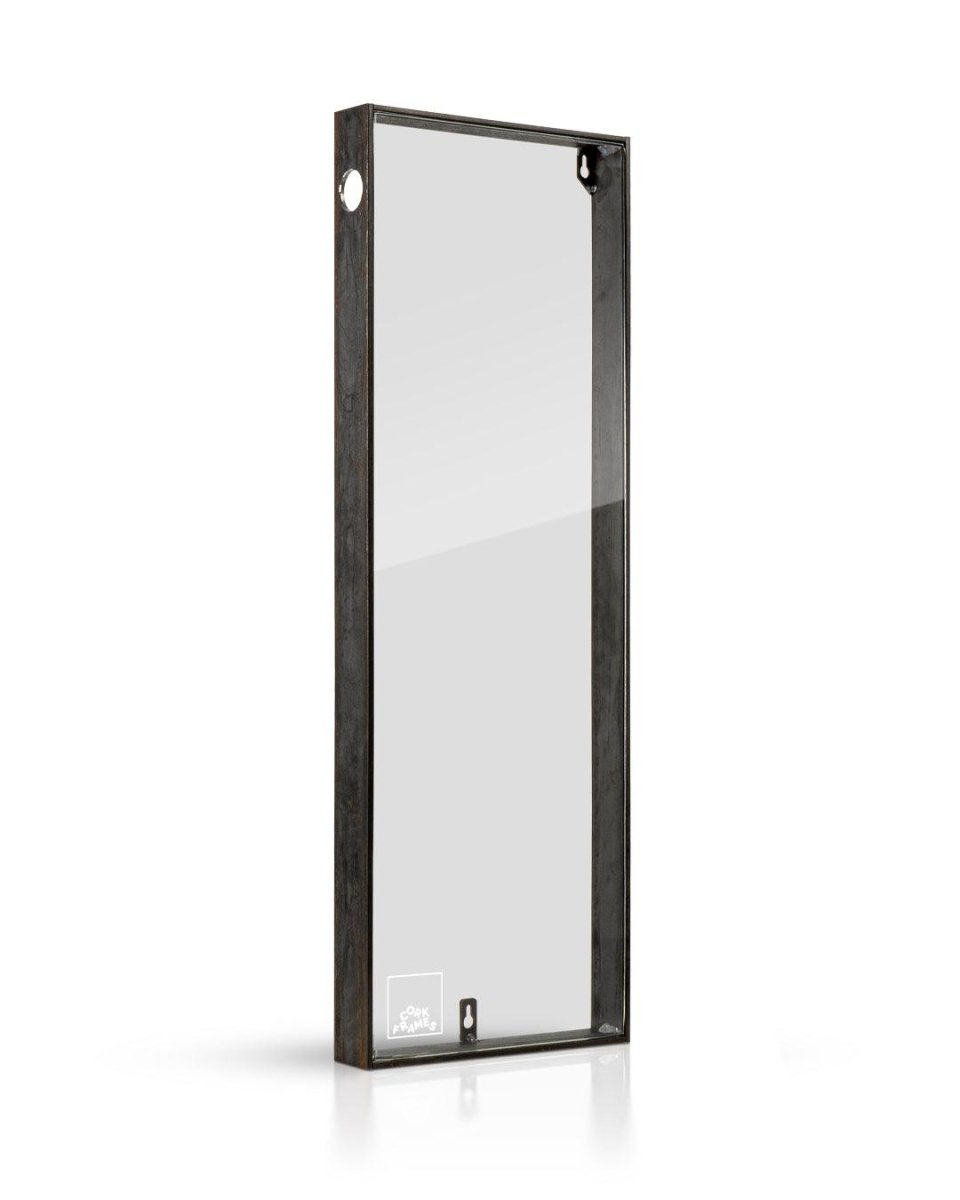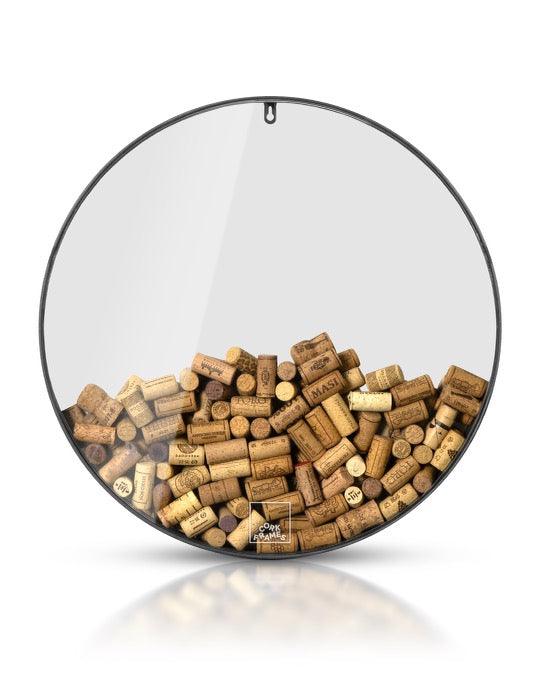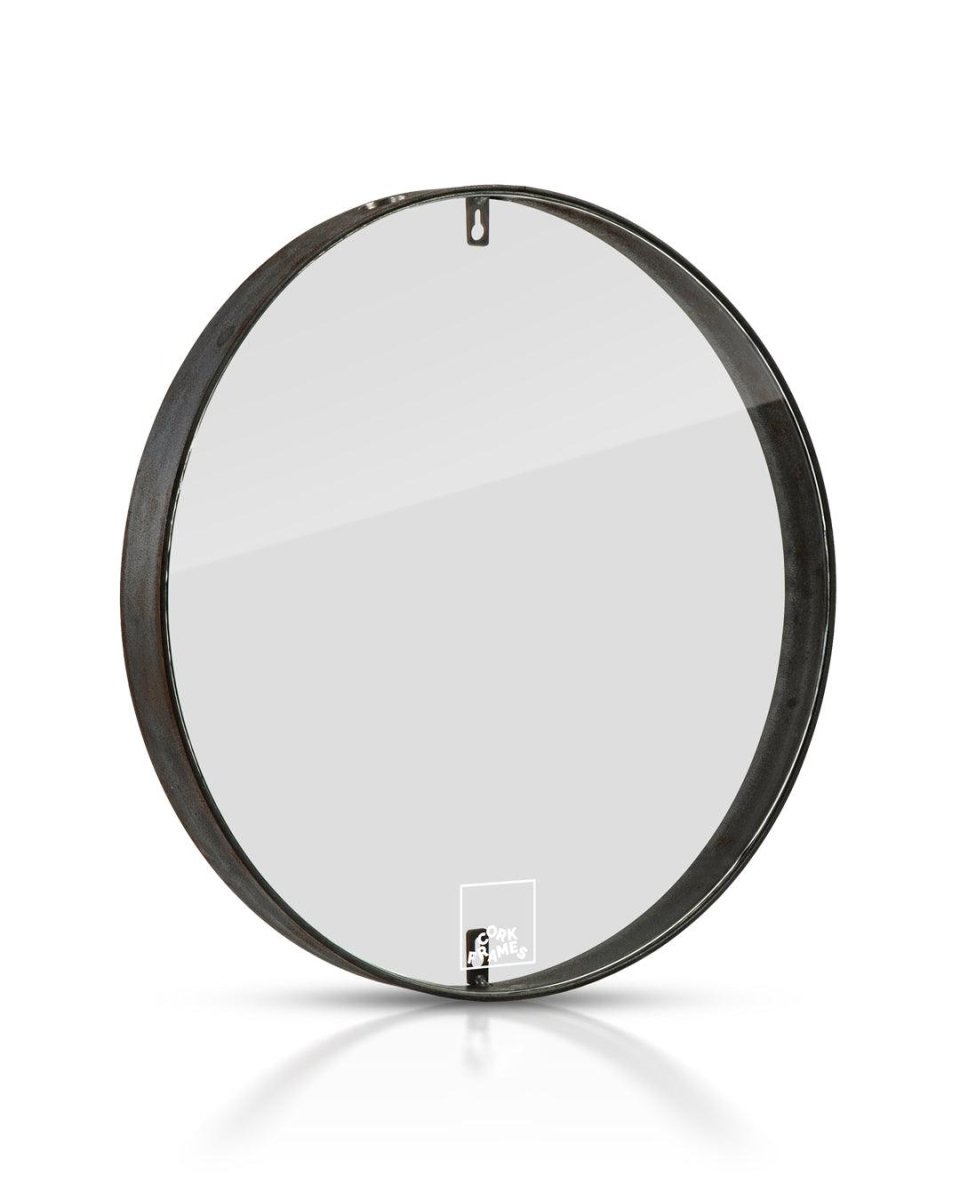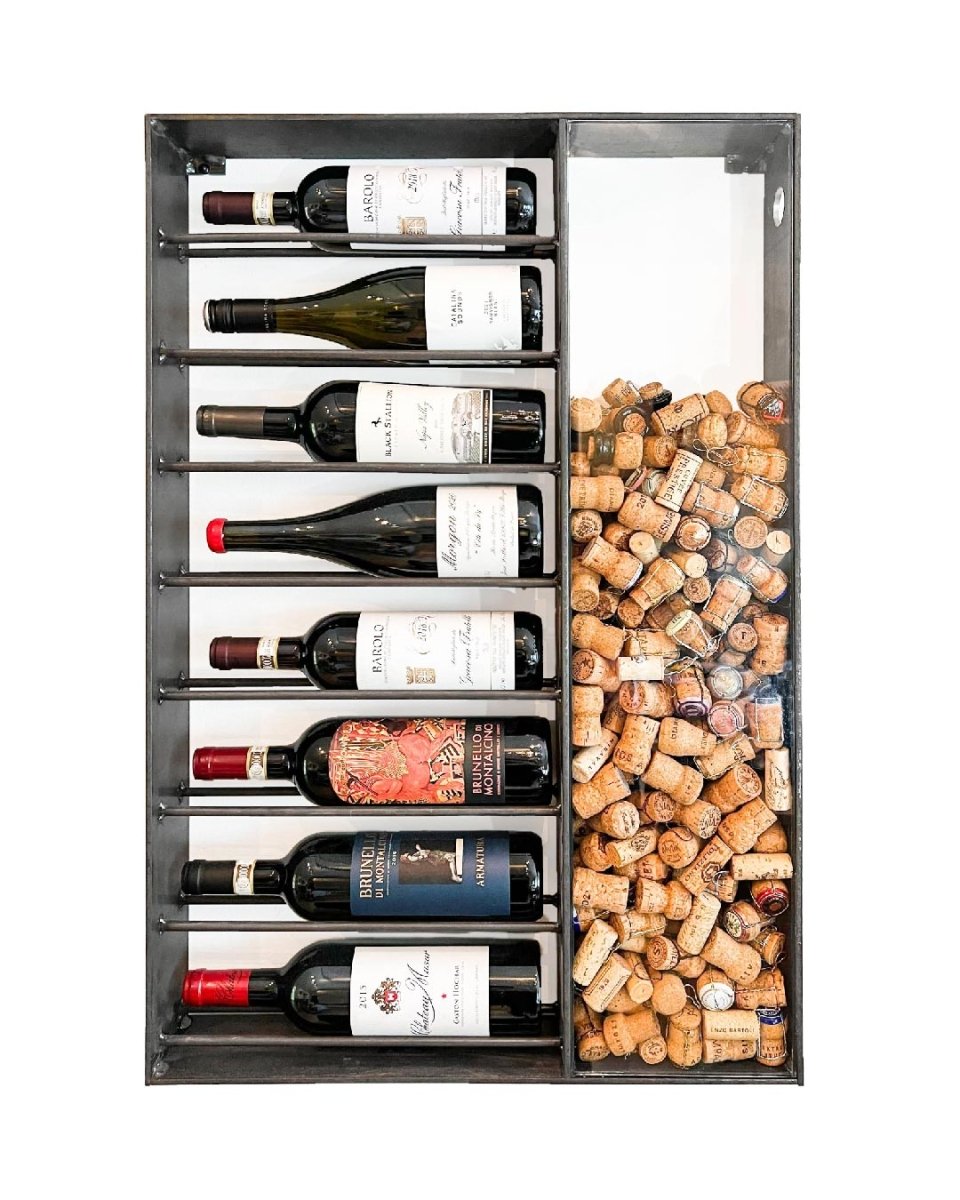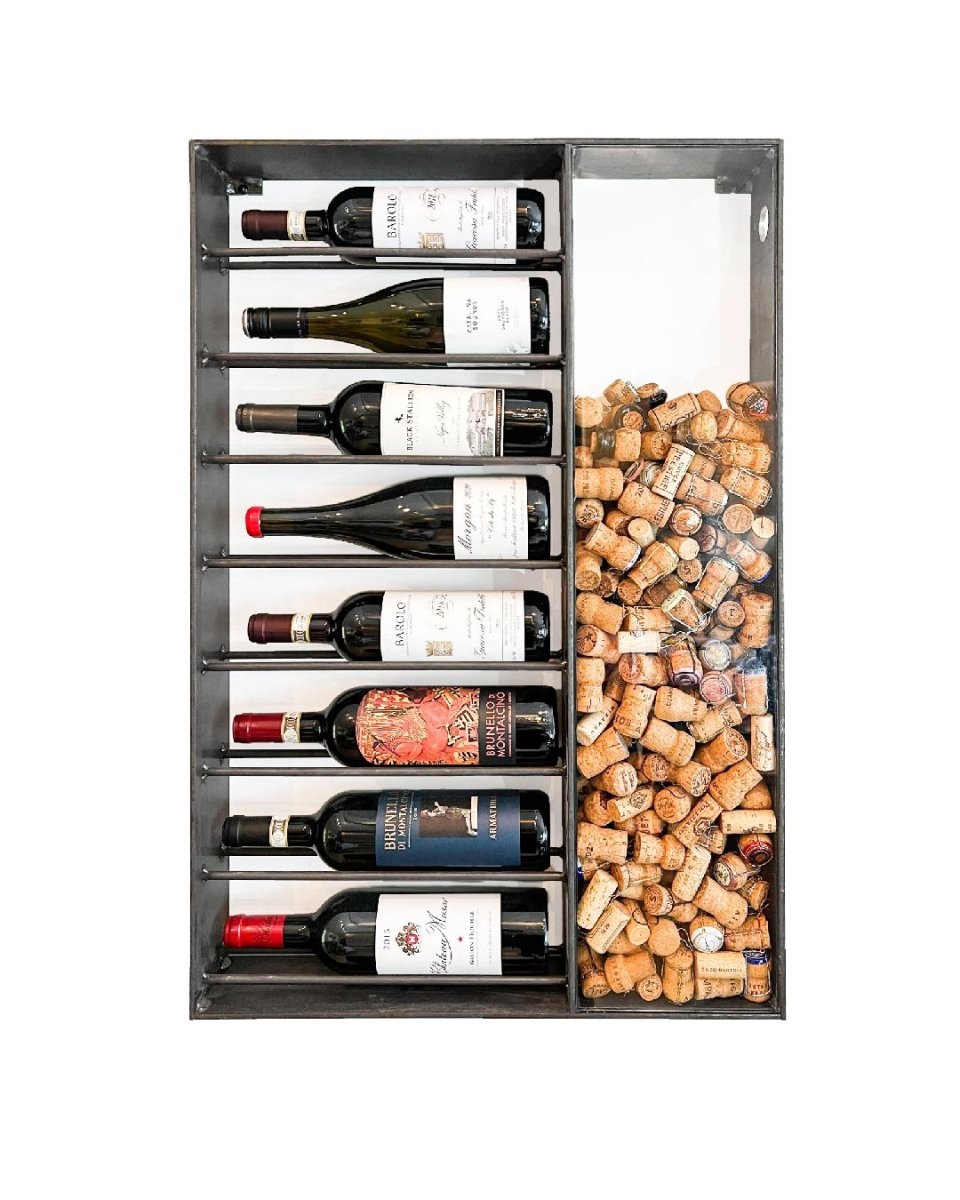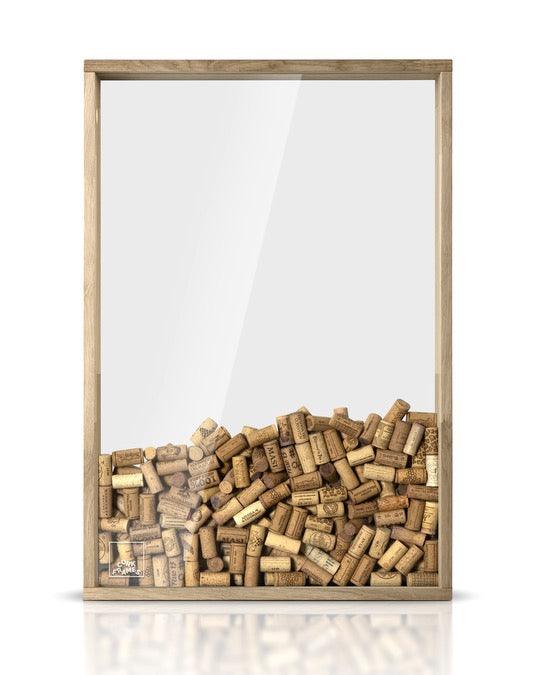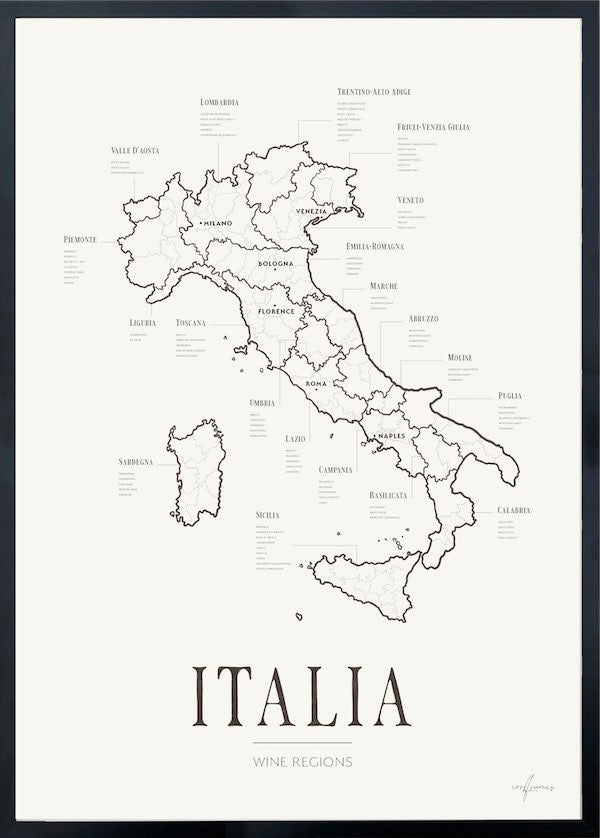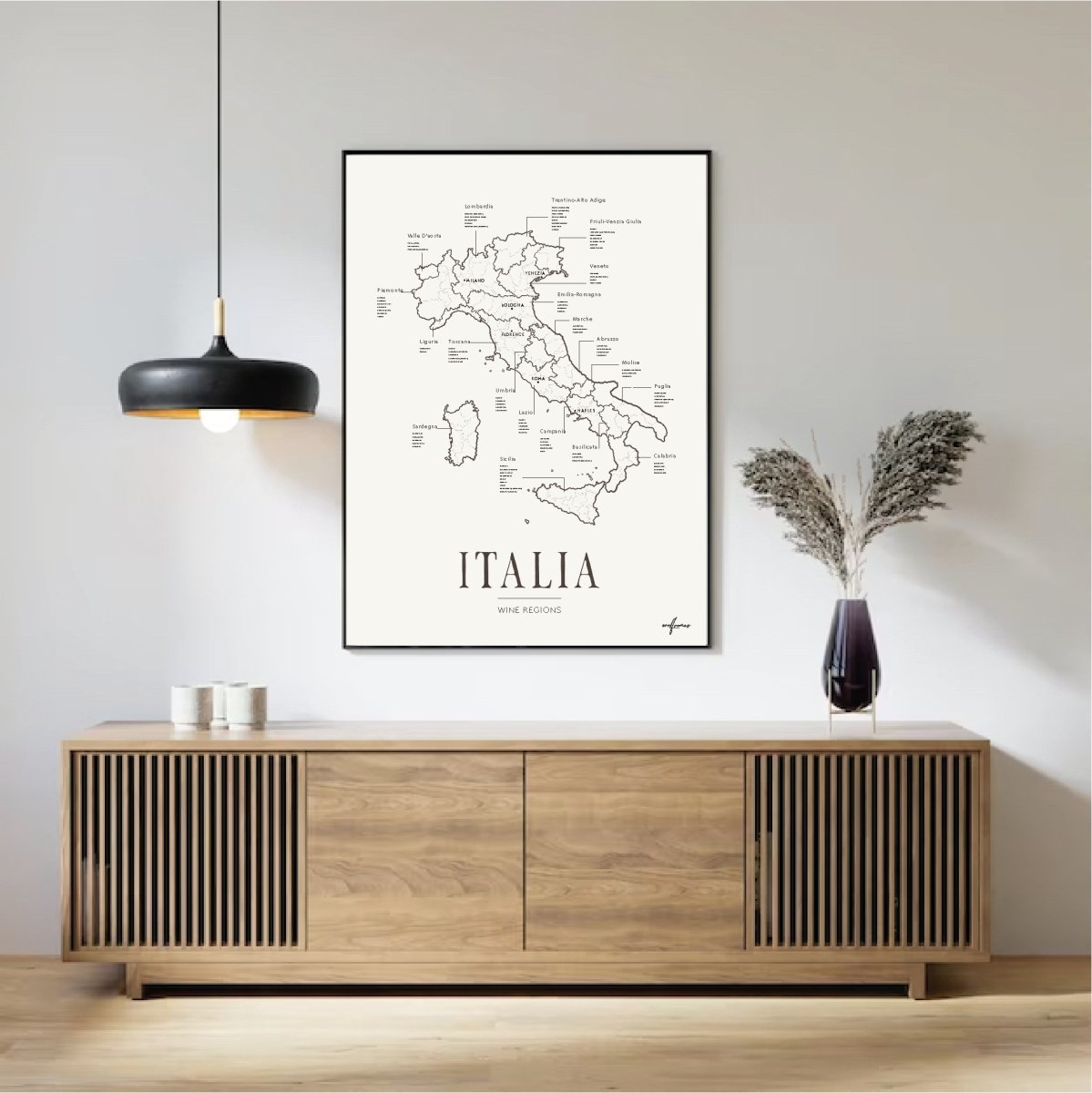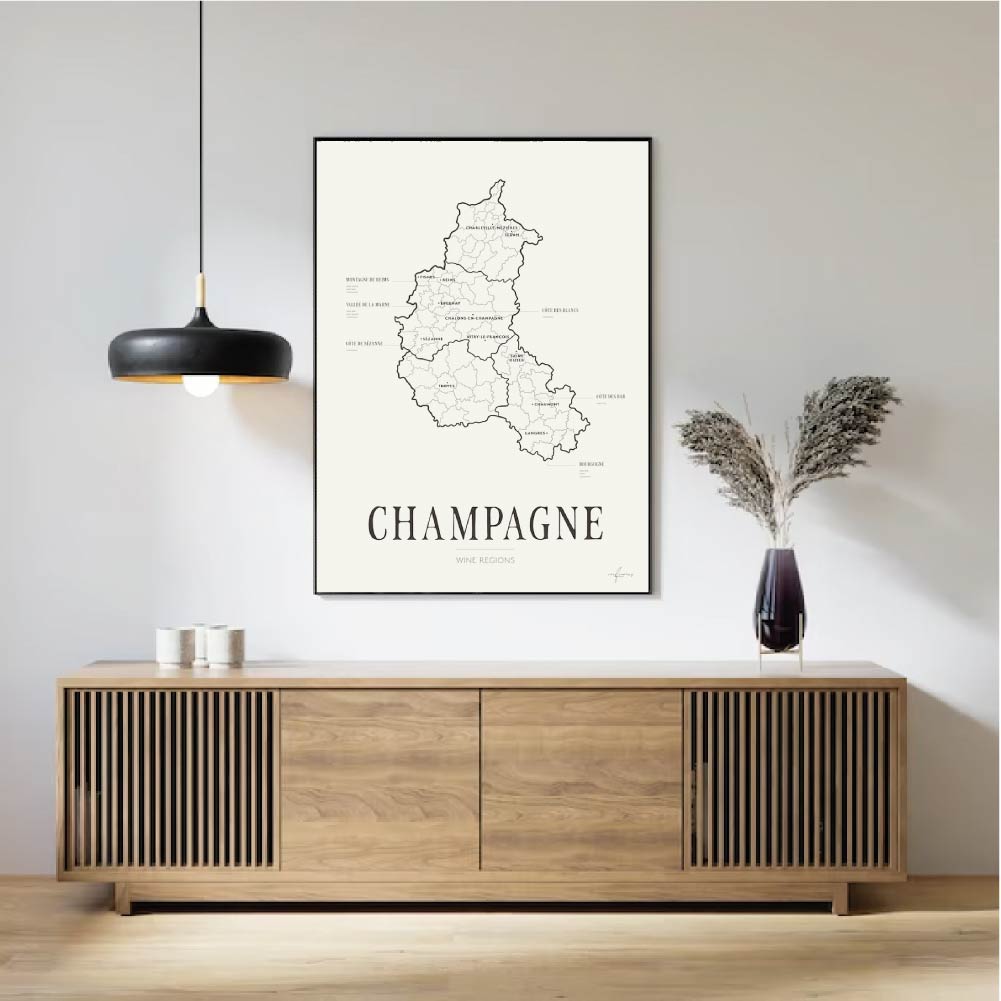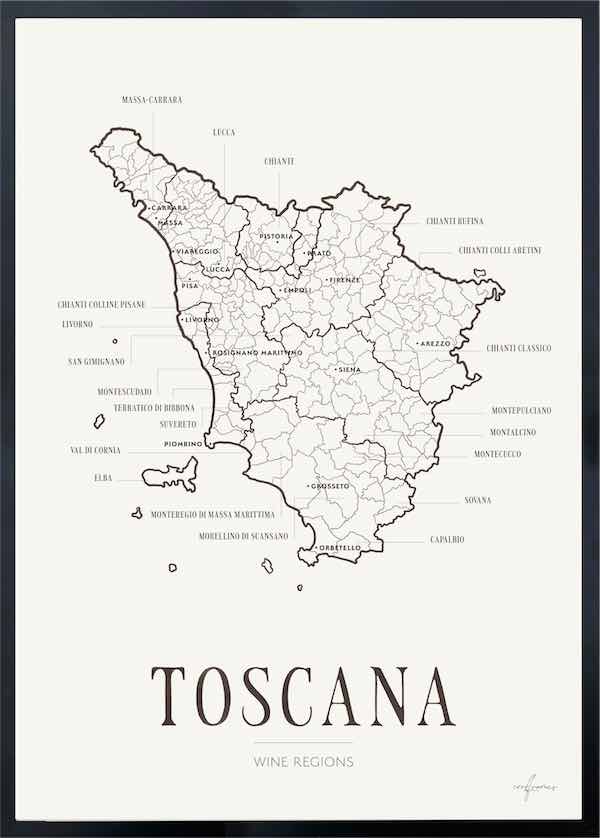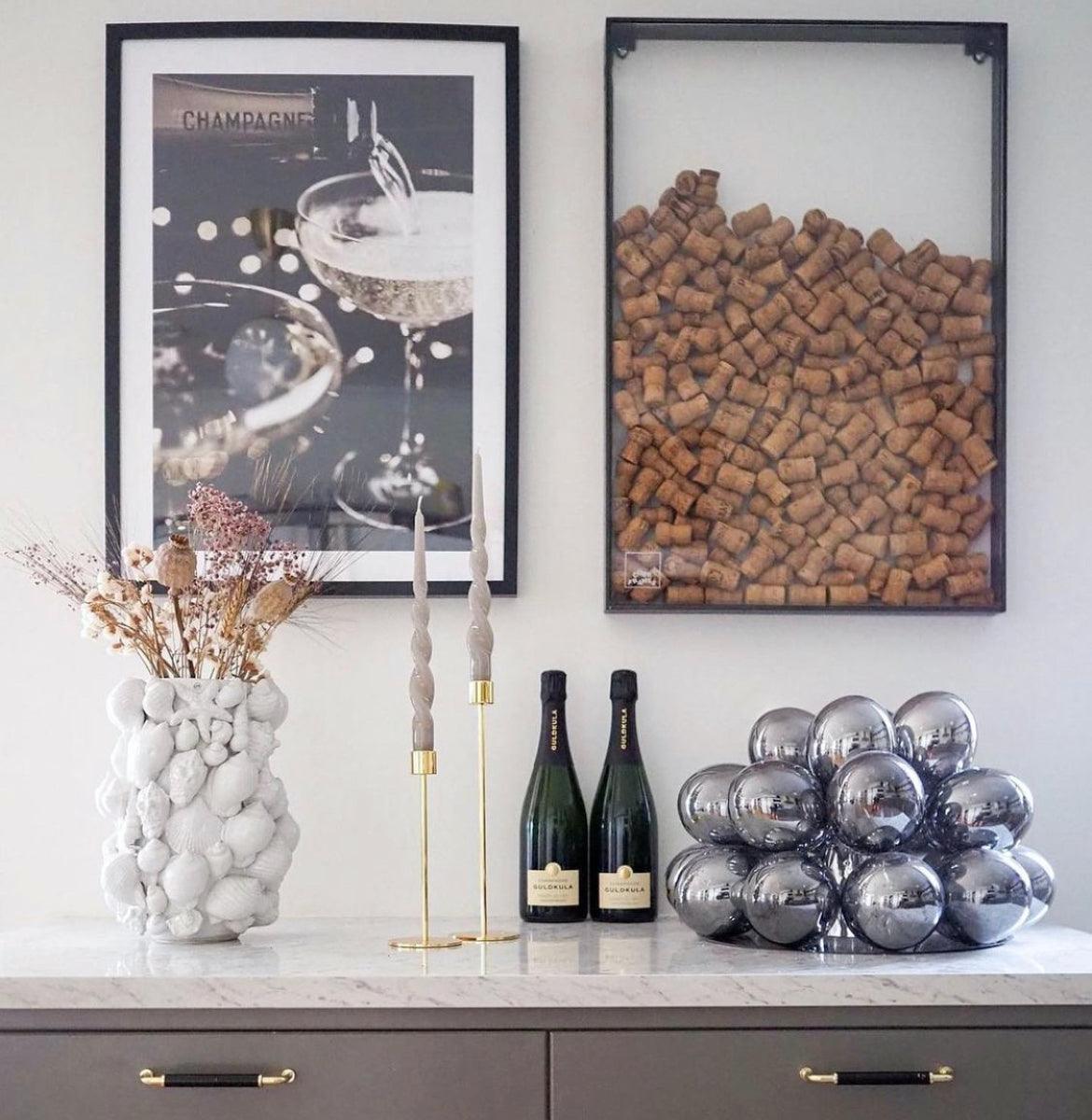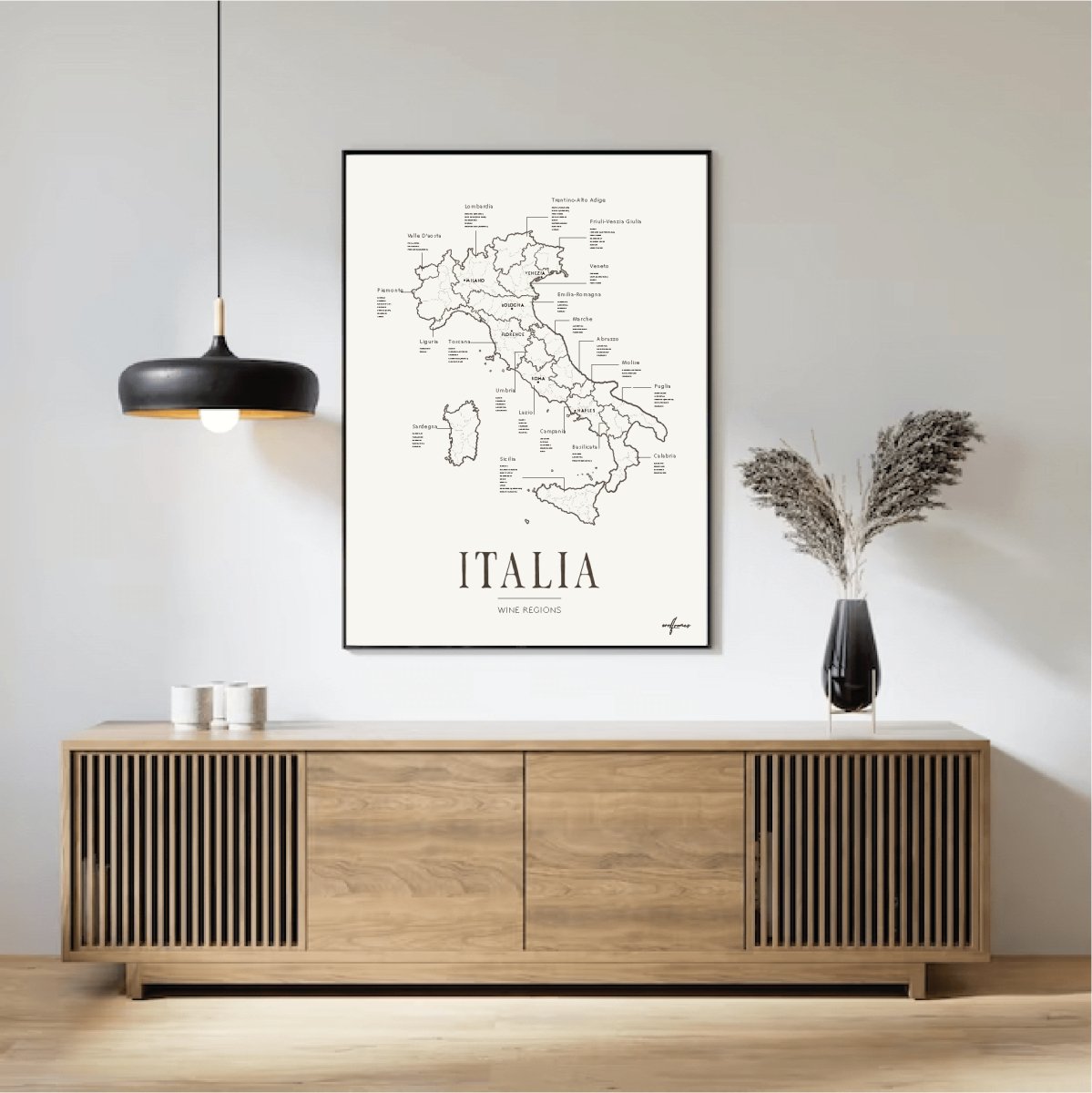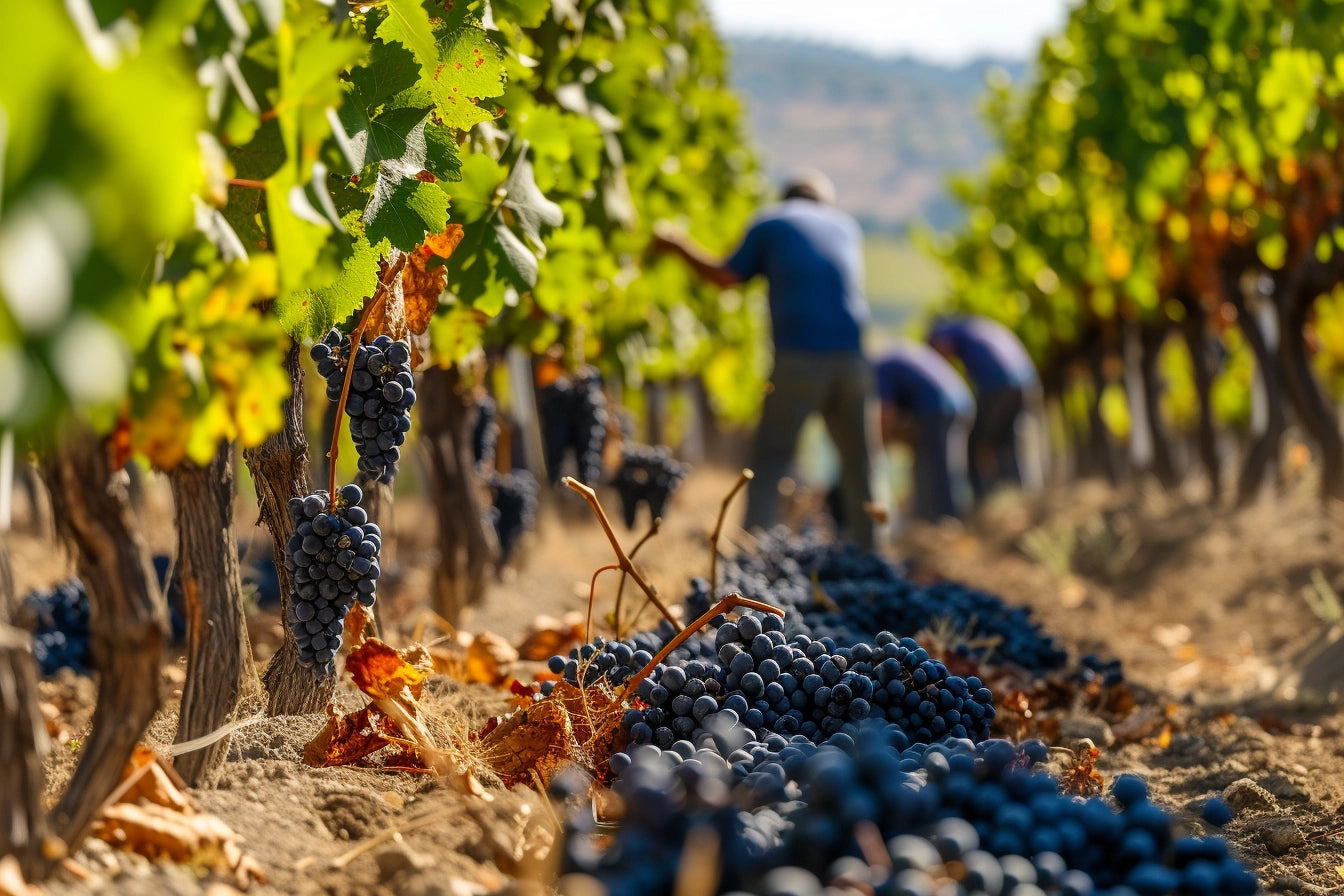Cava, Prosecco, and Champagne are all sparkling wines, but they differ in their production processes, grape varieties, and geographical origins.
Here is an overview of the main differences:
-
Geographical Origin:
- Champagne can only come from the Champagne region in France. Strict regulations govern its production, including which grape varieties can be used.
- Prosecco is an Italian sparkling wine, primarily produced in the Veneto region in Northern Italy. It is named after the Prosecco grape, now called Glera.
-
Cava is mostly produced in Catalonia, Spain, although there are some other approved regions in Spain where it can be made.
-
Production Method:
- Champagne is made using the "méthode traditionnelle," where the second fermentation occurs in the same bottle as the final product. This gives Champagne its distinct flavor and bubbles.
- Prosecco is typically made using the "Charmat method," where the second fermentation happens in large steel tanks before the wine is bottled. This results in a lighter, fruitier wine.
-
Cava is produced using the same traditional method as Champagne, meaning the second fermentation occurs in the bottle. This contributes to a complexity similar to Champagne, but with the unique characteristics of Spanish grapes and terroir.
-
Grape Varieties:
- Champagne is often made from Pinot Noir, Chardonnay, and Pinot Meunier.
- Prosecco is made from the Glera grape, but can also include up to 15% of other local varieties.
-
Cava can be made from a range of different grapes, including but not limited to Macabeo, Parellada, and Xarel-lo.
-
Flavor Profile:
- Champagne is known for its rich, creamy texture and complex flavor profile with notes of nuts, brioche, and citrus.
- Prosecco tends to be light, fresh, and fruity with hints of green apple, honeydew melon, and pear.
- Cava offers a variety of styles but often features notes of citrus, green apples, and almonds, with a drier finish compared to Prosecco.
In summary, geography, production method, and grape varieties are the primary factors that distinguish these three types of sparkling wines.



